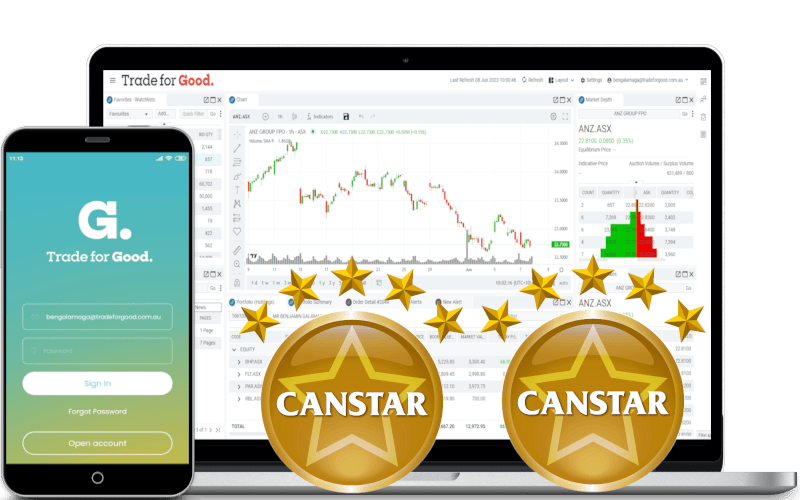What Is A Share Buy Back?

A share buyback (also called stock repurchase) is when a company buys back its own shares from the open market, reducing the number of shares available to the public.
This can be done via:
- On-market buybacks – Buying shares through a stock exchange.
- Off-market buybacks – Directly purchasing shares from shareholders, often at a premium.
Why Do Companies Do Share Buybacks?
Here’s a breakdown of the most common motivations:
1. Increase Shareholder Value
- Reducing the number of outstanding shares means existing shareholders own a larger percentage of the company.
- To increase Earnings Per Share (EPS) since the same profits are now divided among fewer shares.
- Higher EPS can boost investor confidence and drive up the stock price.
2. Stock is Undervalued
- If management believes the stock price is undervalued, a buyback signals to the market that they have confidence in the company’s future.
- This can support or increase the stock price, especially during a downturn.
Example: If a company’s stock falls due to market volatility (rather than poor fundamentals), management may step in with a buyback.
3. Alternative to Dividends
- Instead of paying a dividend, a company can return capital to shareholders through a buyback.
- Some investors prefer buybacks since they increase long-term stock value rather than providing taxable income (as dividends do).
Example: Berkshire Hathaway (Warren Buffett’s company) prefers buybacks over dividends to maximize shareholder value tax-efficiently
4. Offset Stock Dilution
- Companies with stock-based compensation plans (e.g., employee stock options, and executive bonuses) may experience share dilution.
- A buyback absorbs the newly issued shares, keeping existing shareholders’ ownership percentage stable.
Example: Tech companies like Google (Alphabet) regularly buy back shares to counteract employee stock grants.
5. Improve Financial Ratios
- Buybacks can make a company’s financial metrics look stronger:
- Higher Earnings Per Share (EPS)
- Improved Return on Equity (ROE)
- Lower Price-to-Earnings (P/E) ratio, making the stock more attractive.
Example: Commonwealth Bank (ASX: CBA) has conducted share buybacks to enhance its EPS and ROE, making it more appealing to investors.
6. Adjust Capital Structure (Debt vs. Equity)
- If a company has excess cash and low debt, it may reduce equity via a buyback to optimize its capital structure.
- If debt is cheap, some firms borrow money to fund buybacks (though this increases financial risk).
Example: Many ASX-listed companies, including BHP and Wesfarmers, have done buybacks after divesting assets and accumulating excess cash.
7. Defend Against Takeovers
- A company can buy back shares to reduce the number of shares available for hostile takeovers.
- This increases control for existing shareholders and insiders.
Example: A firm facing activist investors might conduct a buyback to prevent a dilution of voting power.
Benefits of Share Buybacks
✅ Boosts Share Price – Reducing the supply of shares to drive prices higher.
✅ Enhances EPS – Since fewer shares exist, the same profits translate into higher earnings per share (EPS).
✅ More Flexibility Than Dividends – A company can choose when and how much to buy, unlike dividends.
✅ Sign of Confidence – A buyback can signal that management believes the company is undervalued and has strong future prospects.
Negatives of Share Buybacks
❌ Can Mask Fundamental Issues – A company might use buybacks to artificially boost EPS instead of business performance.
❌ May Indicate Lack of Growth Opportunities – If a company can’t find good investments, it may suggest stagnation.
❌ Short-Term Focus – Buybacks can be used to boost executive bonuses (which are tied to EPS) rather than reinvest in innovation.
The Bottom Line
Share buybacks can be a powerful financial tool but should be used wisely.
While they boost the stock price, EPS, and investor confidence, they shouldn’t be used to mask poor business performance or manipulate short-term metrics.

What you learn here has been used in our Trade for Good software.
Click on the button to find our software education videos.
You can read more of our educational articles in the Trade for Good Learn section
Trade for Good Learn

